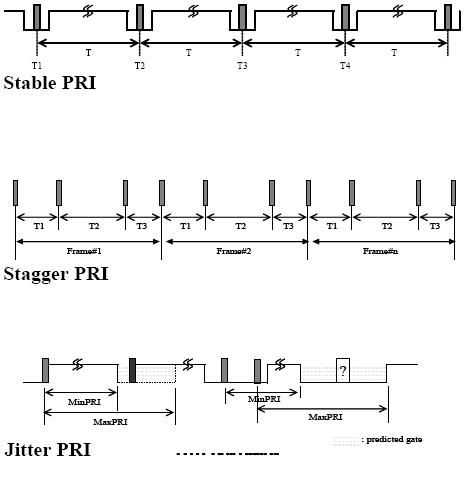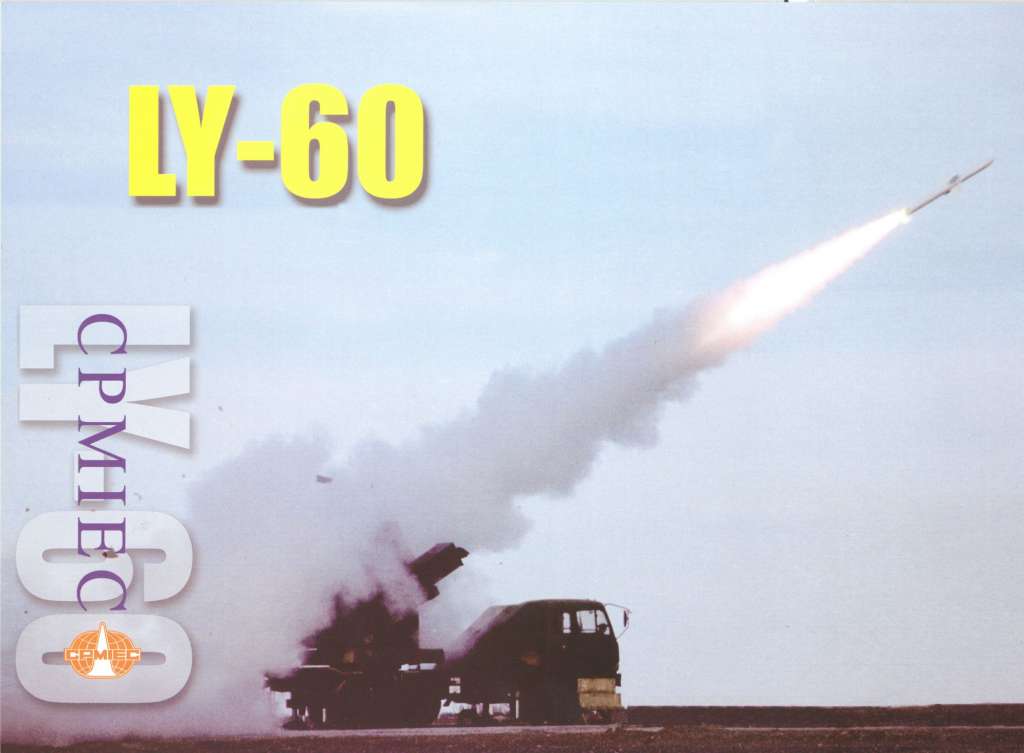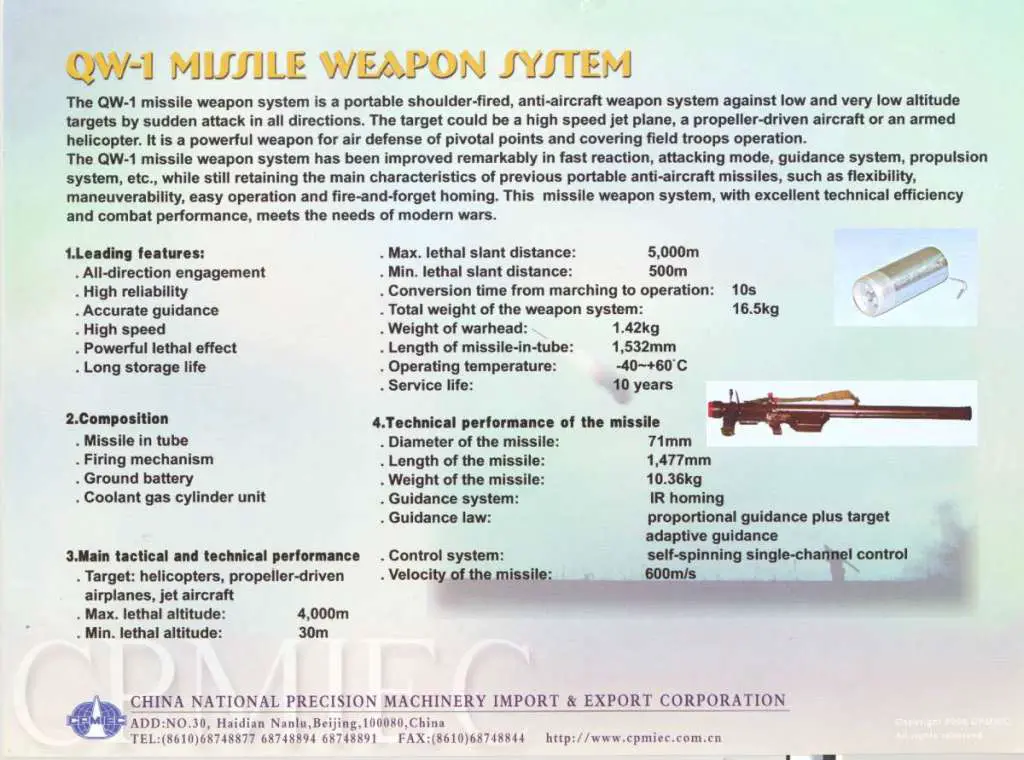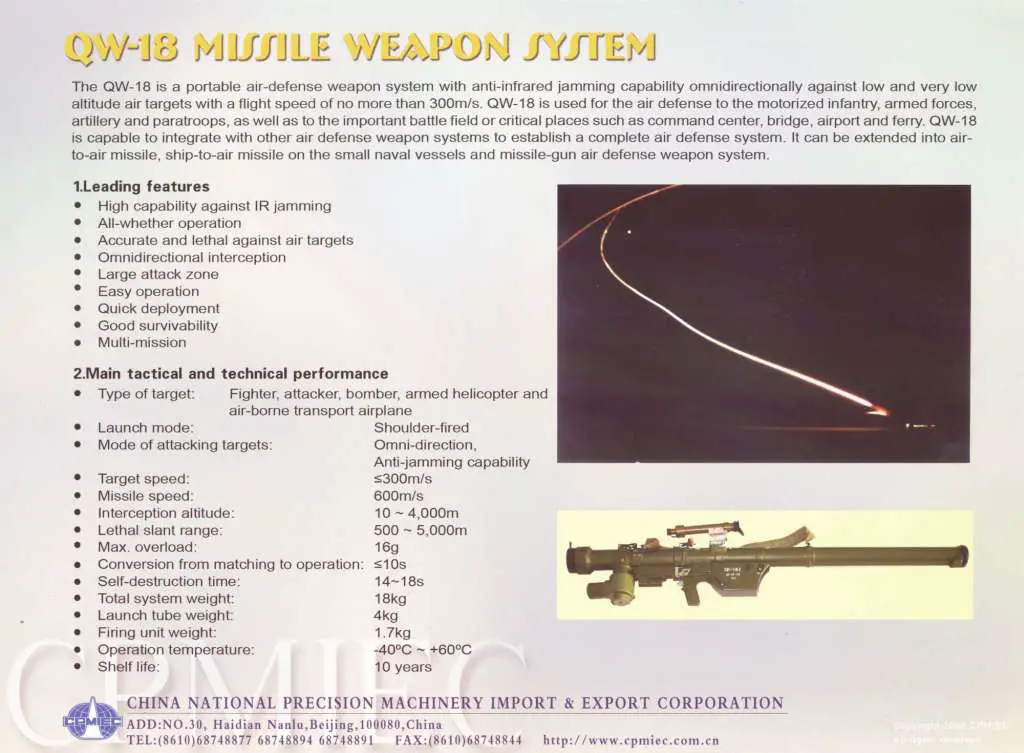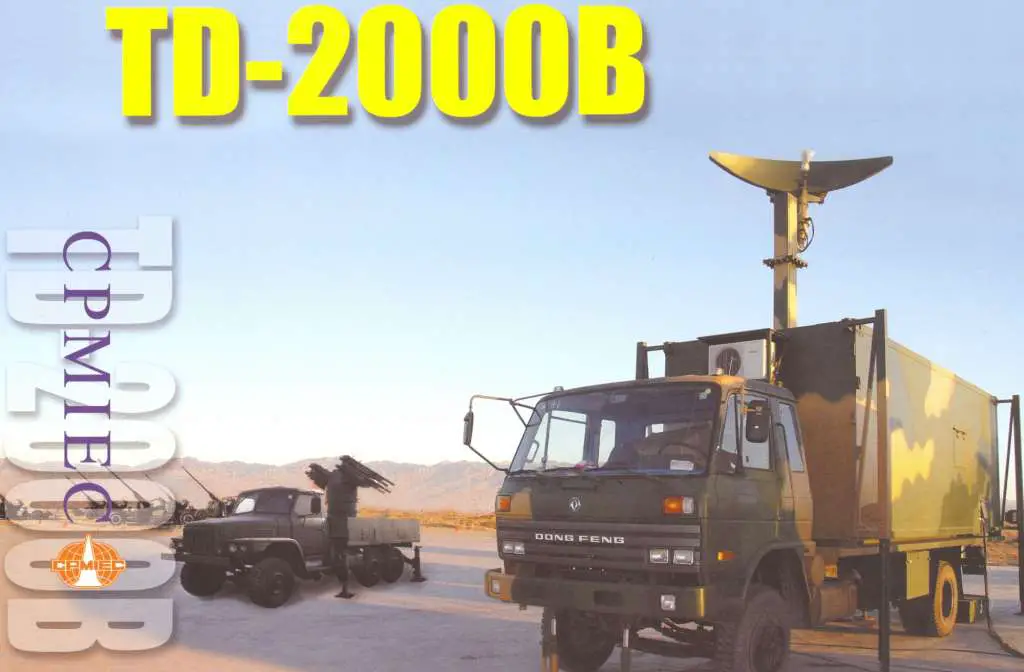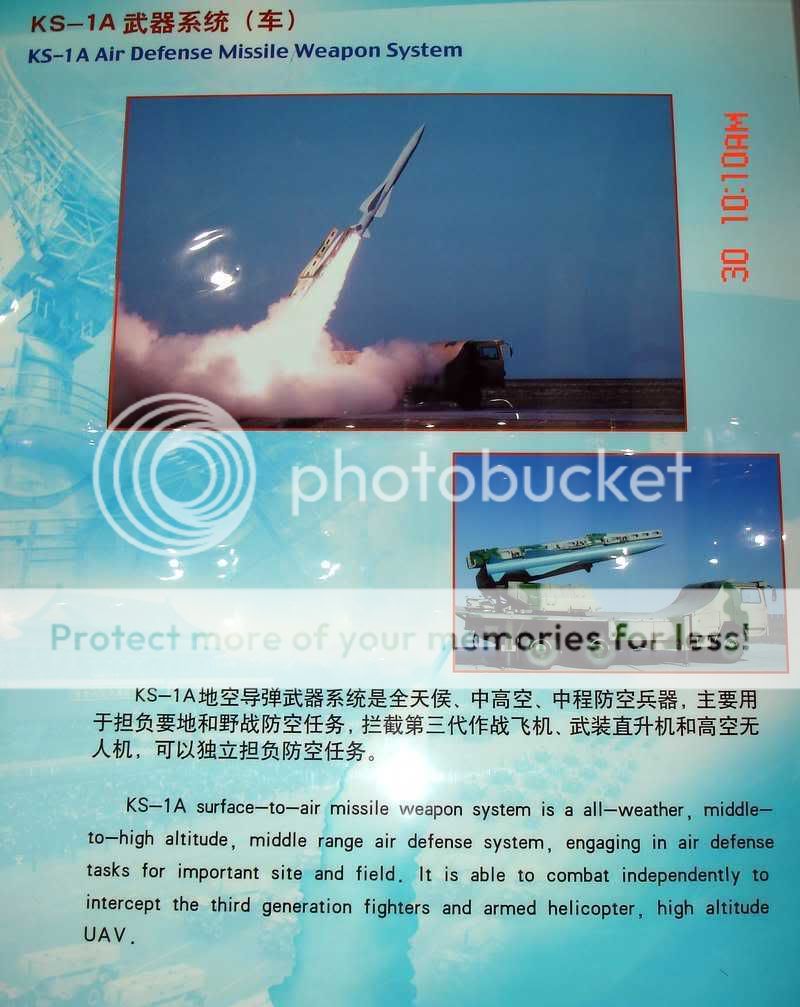I may have missed it, but are these frequency agile? How robust is the ECCM?
For every weapon "X", there is a weapon "Y" designed to counter it, like HARM and similar anti-radiation missiles.
Any air defense radar that does not have frequency agility is not worth putting in front of the service chiefs on paper, let alone the market in readied form. Frequency agility was difficult with analog technology, but no longer with the digitized age we are in today.
For interested readers...
Assume the above is a three-pulses pulse train in a transmission period. Frequency agility is the ability to shift -- higher or lower -- the frequency per train. The burden for the radar is to remember what freq was used in
WHICH pulse train over time if that time period contains many trains. Pulse amplitude agility can also be incorporated but there would be an increase in data processing complexity in terms of hardware -- memory capacity -- and software sophistication to sort out the echoes' differences. Pulse level agility is possible and naturally required even more data processing capability. Keep in mind that for any pulse radar system, transmission characteristics manipulation is best reserved per train.
Another level of pulse train characteristics manipulations, or agility, is 'PRI jittering'.
For now...Focus on 'stable', 'stagger', and 'jitter'.
The 'stable' pulse repetition interval (PRI) type of pulse train is quite standard. Airport radars need not be more sophisticated to have effective traffic control. Police speed radars need not be more sophisticated to catch all you drivers who would defy governmental authority on the roads regarding speed limits.
The 'stagger' PRI type is where -- per pulse train -- there are 'time frames' or lower level pulse trains where the PRI has a variable but
PREDICTABLE pattern. This pattern repeat from 'frame' to 'frame'. Helpful in tracking and analyzing the internal workings of a storm, for example...
Multi-PRI Signal Processing for the Terminal Doppler Weather Radar. Part I: Clutter Filtering - Journal of Atmospheric and Oceanic Technology | HighBeam Research - FREE trial
Multiple pulse repetition interval (multi-PRI) transmission is part of an adaptive signal transmission and processing algorithm being developed to aggressively combat range-velocity ambiguity in weather radars.
The 'jitter' PRI waveform has practically no widespread civilian use. At the pulse train level, the PRI is usually as unpredictable as the data processing can make it. The longer the pulse train, the greater the demand for the radar to remember that pattern and to try to discern the same pattern from the echoes, if any. The target, of course, cannot predict when the next pulse will come.
The above two illustrations just give different graphical perspectives on these PRI manipulated waveforms.
The last waveform is 'dwell-and-switch', technically similar to 'stagger' but different in application. For the EW crowd, often it is called 'bait-and-switch'. The application here is electromagnetic (EM) and electronic warfare (EW) reconnaissance and this is where those RC-whatever aircrafts come into play. What happens is that the recon aircraft will transmit a series of pulses with predictable characteristics then switch to another set of pulses with another set of predictable pulses. In other words, this pulse train can have many 'frames' of predictable pulses but the frames themselves are unpredictable. The goal is to provoke or 'bait' the air defense radars into responding, hence 'bait-and-switch'. The 'dwell' time can vary according to those responses. This is sort of a passive ECM between the two sides. Active ECM is where the next response will contain missiles.
One can argue and ask that the air defense radars not respond at all to conceal its true capabilities as far as penetration of ECM attacks goes. Anyone does fencing? Any fencer will learn early into the sport on why it is important to learn how to 'read' his opponent's foil pressure against his own. Asking an air defense radar not to respond to a recon probe is like asking a boxer never to spar. The Soviets knew what we were doing with those orbiting RC-whatever aircrafts and they knew they had to respond in order to learn how quickly can we change our probing waveforms as it would indicate our technical prowess. The advantage is with the provocateur. If we do not know or can reasonably guess about the Soviets' air defense radar capabilities, we can safely assume the worst while the Soviets would be in the dark about how we could start an ECM attack based upon that 'worst' assumption. They had to respond to learn about US but the question is to what level lest they gave too much away about themselves.
The above is may be 1/100th of the many variations of radar waveforms based upon the four characteristics: freq, pulse amplitude, pulse width, and pulse repetition. The US has decades of experience at producing radars and ECM gears with these capabilities and at probing to find out what our adversaries can do that could degrade an actually assault at the EW level. If there is a shooting war between US and Iran/China/North Korea, many have argued that none of them are Iraq where the Iraqi air defense failed spectacularly. The argument is based upon the premise that the technological gap between Iran/China/NKR and the US are less than between Iraq and the US. True that they have made much progress since Desert Storm but if that technological gap is relatively the same because of US progress in this arena, then the odds are very good that the result will be similar to Iraq.




